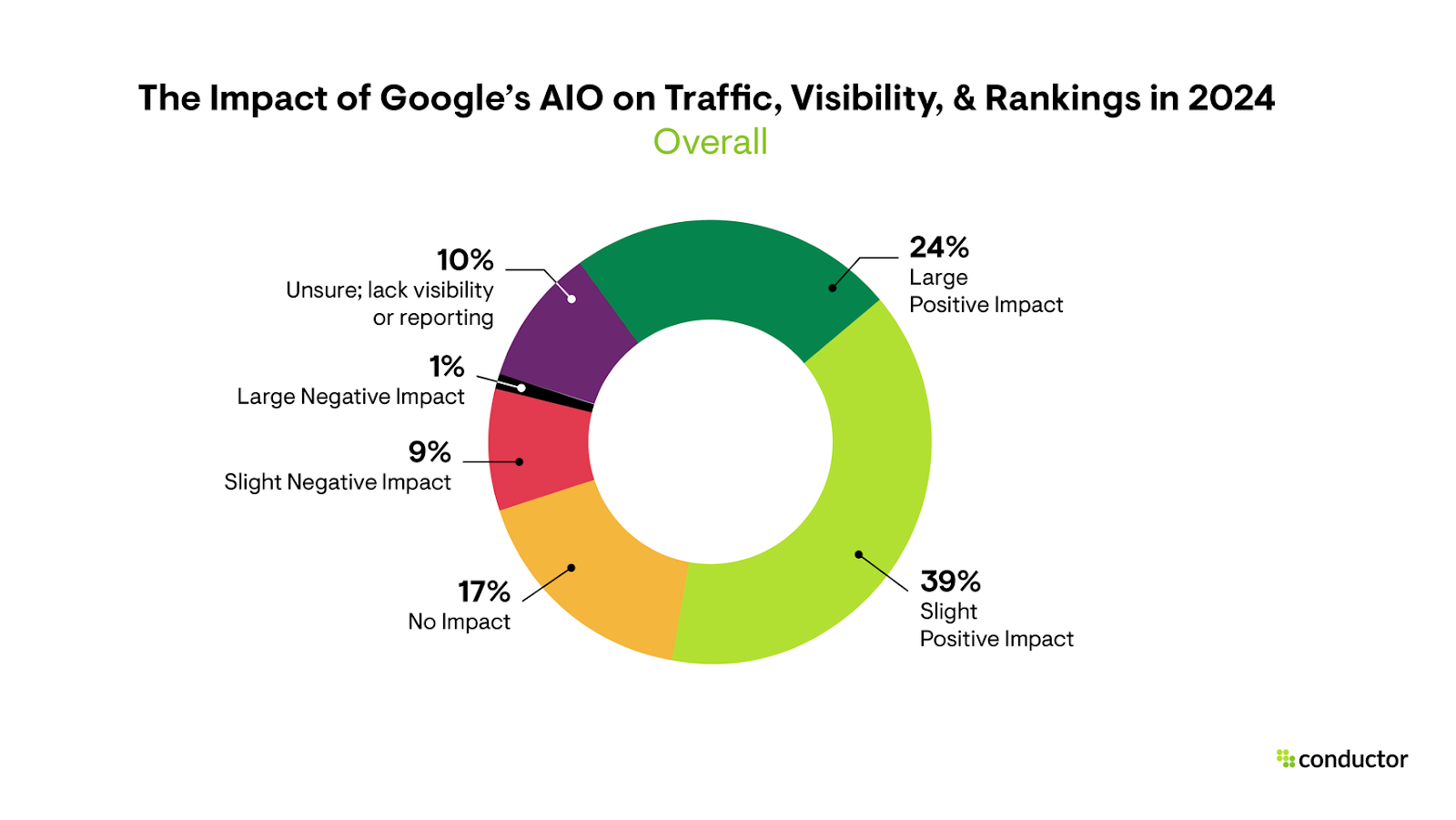Account-based marketing is a strategy of going after high-value clients through a hyper-personalized approach.
Over the last few years, it has grown in popularity and become a mainstay of B2B marketing.
So, if you’ve already implemented ABM or are looking to build a winning account-based marketing strategy to capture high-value clients, you’ll also need to know if the approach is working.
After all, business is a results-based game, and you don’t want to end up on the losing side.
But how can you measure success in Account-Based Marketing?
When can you say that it has failed?
Is it possible that your strategy looks like it’s failing but, actually, it’s close to succeeding?
In this blog, I’ll tell you the 10 best ways to measure the success of your ABM strategy. We’ll examine several different metrics, from revenue/ABM-campaign to marketing and sales alignment.
This way, you’ll know exactly when to double down on your ABM approach and when to consign it to the dustbin.
Let’s get started!
The ABCs of ABM
Before we discuss the best ways of measuring the success of account-based marketing (ABM), let’s review the basics.
What is Account-Based Marketing? It’s a B2B marketing strategy that combines hyper-personalization with sales-and-marketing alignment to target high-value prospects.
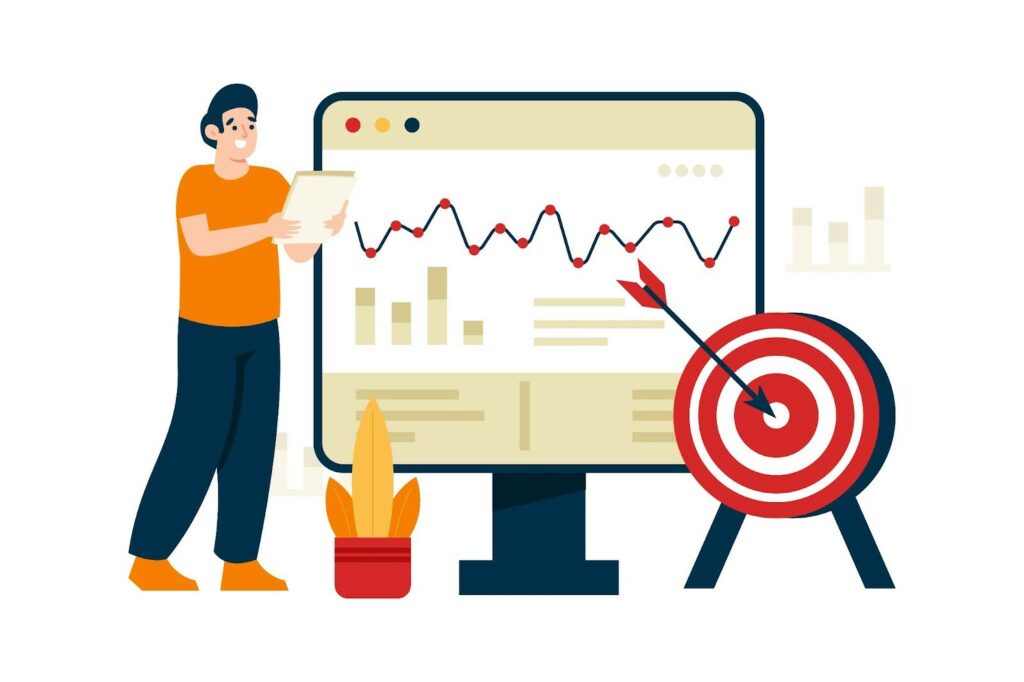
Let’s take LinkedIn as an example.
According to it, 60% of its users have informational intent. So, they’re there to increase their awareness of their business-adjacent people and products.
The other 40% have a transactional intent. These are the people who’ll green-light the acquisition of your product or service.
The idea is to reach these 40% through your ABM strategy.
So, if you’re implementing an ABM strategy, here are its pre-requisites:
1. Marketing and Sales Alignment
The first and most important element of ABM is marketing and sales alignment.
The idea is to ensure that your marketing and sales departments function as two limbs of the same body.
How can you achieve marketing and sales alignment? It’s easy:
- Start with alignment exercises. For instance, ask the marketing and sales departments to collaborate on curating a list of common prospects.
- Next, ask the departments to develop an account-based timeline for converting prospects. From the initial approach to the final conversion, everything should be mapped out through a weekly timeline.
- Third, ask the teams to develop a plan that follows the same structure for different clients during different points of the sales pipeline. Elements of this structure include:
- Introducing your product/service to the prospect,
- Displaying the capacity to solve the prospects’ problems,
- Conveying intent to enter into a business relationship.
Remember, if you don’t have marketing and sales alignment, you’re not following the account-based strategy.
2. Hyper-personalized Pitches
Hyper-personalization is the next essential aspect of ABM.
Here’s why it’s extremely important: in most cases, the users of B2B products or services are not the decision-makers about using a product.
For example, the founder or CTO usually decides which internal communication solution the organization will use.
The idea is to reach the decision-maker while tailoring the product for the end-users.
So, while your product/service must solve the problems of end users, the pitch must also empathize with the decision-maker.
For this reason, pitch personalization is critical to ABM efforts.
3. Established KPIs
Measurement is the last essential element of account-based marketing.
It tells you, at every point in time, the state of your ABM strategy and determines whether it’s working or not.
While account-based marketing is designed to yield measurable outcomes, the burden of measurement remains with you.
For this reason, it’s important that you establish key performance indicators before embarking on your ABM journey.
Speaking of measuring success in account-based marketing, let’s segue into which performance indicators you should establish and how you can measure them.
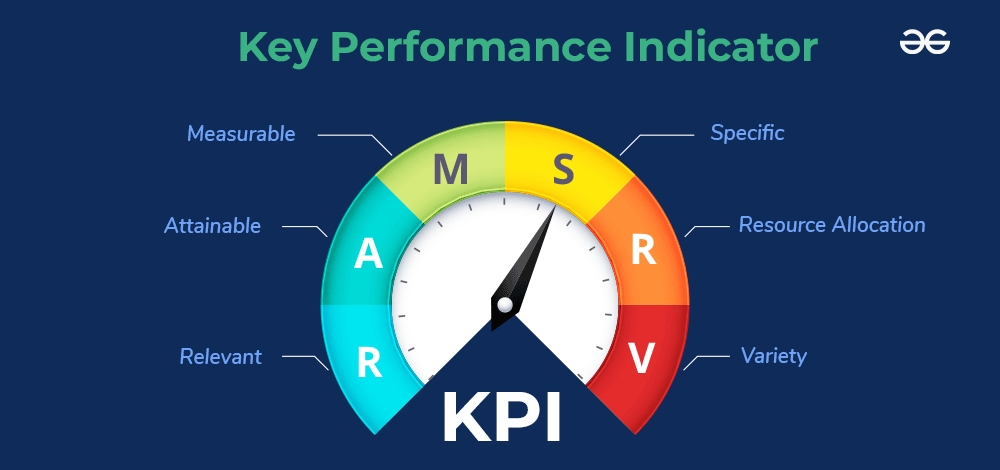
Top 10 Ways to Measure ABM Success
Now that we’ve established the why of measuring ABM success, let’s talk about the how.
Here are the ten ways to determine whether your account-based marketing approach is working, faltering or on the verge of succeeding:
1. Account Engagement Score
An account engagement score is a metric that captures the level of engagement with high-value accounts.
It includes:
- Website visits by your prospects,
- Content download by leads,
- Click-through rates of cold emails and personalized messages,
- And total asset or lead magnet downloads.
There are different ways of evaluating account engagement scores depending on the method of your outreach, such as cold emails, direct dials or LinkedIn messages.
Here’s how to measure it:
- Use content analytics to measure website traffic,
- Utilize a Website Visitor Tool to track the prospects that are visiting your website,
- Measure how many times key content, such as starter packs, is downloaded by different prospects.
I recommend that you measure your Account Engagement Score in five steps:
- Step 1: Collect aggregate data on click-throughs, downloads and website visits
- Step 2: Make a list of the high-value prospects that you’re targeting
- Step 3: Use a website visitor & tracking tool and LinkedIn sales analytics to collect data on your high-value prospects
- Step 4: Compare the aggregate data with account-specific data on downloads, click-throughs and website visits
- Step 5: Assign a letter grade or a score on a 1-5 scale of account engagement. For instance, 1 or A for an account from which you’re getting the most downloads or visits or click-throughs and 5 or E for the least.
I also suggest that you measure the difference between two categories: the aggregate indicators and the aggregate indicators of the accounts you’re targeting.
It will tell you how much of your traffic, downloads and click-throughs are driven by account-based marketing.
2. Account Penetration Rate
Account Penetration Rate is a great KPI when it comes to measuring ABM success. It indicates how well an ABM campaign targeting a specific account is progressing.
It includes three things:
- Whether contact has been established with a high-value prospect,
- Whether the contact has shifted from LinkedIn to other platforms like direct dials or scheduled meetings,
- And how many people in the target organization you’re in contact with.
So, how do you measure account penetration rate? There are two ways:
- First is the quantitative measurement:
Number of Prospects Reached / Number of Prospects to be Reached X 100
So, if you’ve established contact with 7 organizations out of the 10 you’re targeting with ABM, your account penetration rate is 70%.
Account penetration rate is a preliminary KPI that tells you whether you’ve gotten off the ground with your strategy.
- The second is a qualitative measurement.
It is also account-specific. It tells how well you’ve penetrated a given account.
For instance, if the target organization has 100 employees and you’ve established contact with two major decision-makers, you’ve penetrated the account pretty well.
On the other hand, if the prospect is a 1000-strong enterprise with a hierarchical decision-making branch and you’ve penetrated the first layer out of three or five, the penetration is still lacking.
I suggest you utilize both metrics to ensure that your Account Penetration Rate doesn’t give you a partial sense of success.

3. Pipeline/Funnel Velocity
Pipeline or Funnel Velocity measures how quickly a prospect is moving through the sales funnel.
Let’s say your target is to move a prospect down the funnel from introduction to awareness to interest to decision in four weeks.
The funnel velocity tells you about the actual movement of the prospect through the funnel. In other words, it measures a correlation between the expected or desired speed of a prospect moving through the sales funnel, and the actual movement.
So, how can you measure it quantitatively?
I’ve had a good experience with +/- scoring of leads to determine funnel velocity. Here’s how you can do it in three steps:
- Step One: Make an account-specific timeline for a prospect to move through the sales funnel. As an example, let’s stick to a target of:
- Week 1 – Introduction
- Week 2 – Awareness
- Week 3 – Interest
- Week 4 – Decision
Each week will have a score of one, so when a prospect gets a score of four (4), it means they’ve reached the decision stage.
Further, assign each week a score of one. So, by the end of week one, the prospect should have a score of one. By week two, two, and so on.
- Step Two: Give a score of one for every movement an account makes through the sales funnel. So, if a prospect has reached the stage of awareness, they’ll have a score of two (2).
- Step Three: Measure the score you’ve assigned each prospect in Step Two against the score they should have according to Step 1.
For instance, if it’s week three and your prospect has a score of two, the funnel velocity is -1.
The ideal score for a prospect is 0 or +1. It shows that the sales cycle is proceeding as expected.
It also means that your prospect should be at the stage of interest, but has only reached the awareness stage.
To measure funnel velocity properly, ensure that you assign weekly scores. This will help you meaningfully review your strategy.
4. Sales Cycle Length
Similar to funnel velocity, the Sales Cycle Length measures the speed and length of your sales cycle.
It’s a relatively simple measure of ABM success.
It captures the amount of time required to close a high-value prospect.
How do you measure it?
The Number of Days or Weeks Required by a Prospect to make a decision about your product/service.
Easy: just calculate the number of days or weeks that a prospect took before making a decision about your product or service.
And if it stretches to months, you can assume that the ABM campaign has been less successful than expected.
After all, every day counts when you’re trying to land a high-value prospect.
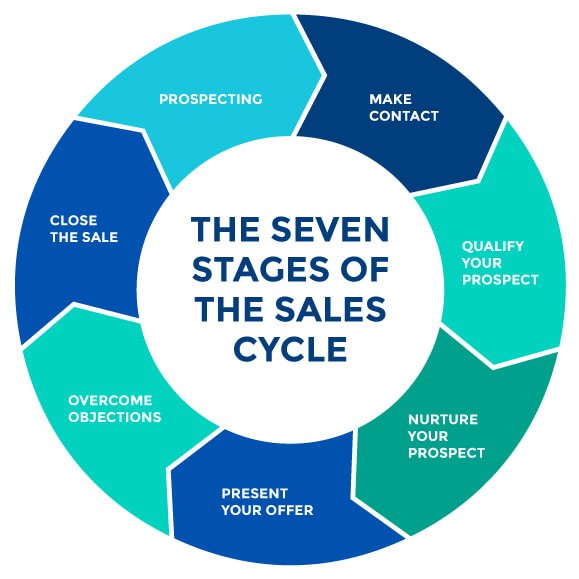
5. Customer Lifetime Value
Customer Lifetime Value or CLV is a great indicator of the success of your ABM strategy as a whole.
It captures the value each customer generates over the course of their relationship with your enterprise.
Here’s how you can measure it:
Average Deal Value X Average Customer Lifespan + Customer Lifetime Value
So, if your average deal is worth $5,000/month (this may be weekly, monthly or quarterly, depending on your billing cycle) and the lifespan of Customer C is 30 months, the Customer Lifetime Value is $150,000.
But here’s the thing—this can be applied to clients you didn’t get through Account-Based Marketing.
To measure ABM’s success, I suggest you divide your clients into ABM and non-ABM customers.
Now, take an average of all the CLV scores of customers in both groups.
This will tell you whether your ABM approach is more effective than a conventional marketing approach.
6. Average Deal Size
According to LinkedIn, 91% of marketers who used the ABM approach reported a higher deal size.
Thus, an increase in your enterprise’s average deal size is one of the best indicators that your ABM campaign is working.
It captures a relatively simple metric: the value of the average deal closed through ABM campaigns.
Here’s how you measure it:
Sum of the Value of all Deals Closed through ABM / Number of Accounts Targeted through ABM
Sum of the value of all deals closed through ABM marketing divided by the number of accounts targeted through ABM.
So, if you’ve closed $500,000 worth of deals through ABM across 10 different accounts, the average deal size is $50,000.
As with CLV, I recommend you compare the average deal size of ABM and non-ABM accounts. This will tell you whether you’re one of the 91% of marketers who reported higher deal sizes due to ABM.

7. Account Churn Rate
Next, we come to a negative metric, but one that’s helpful nonetheless.
Account churn rate is a measure of how many accounts discontinued their relationship with your enterprise.
It captures the number of customers lost in a given period compared to the number of customers at the start of your ABM cycle.
Here’s how to measure it:
Number of Customers Lost / Number of Customers at the Start of the ABM Period X 100
So, if you lost 5 customers and have 50 at the beginning of your ABM scrum, your churn rate is 10%.
Remember: a negative churn rate is the best indicator of your enterprise.
However, clients can also leave for reasons unrelated to your product or marketing approach.
For instance, they may have gone out of business or shifted their focus away from an activity for which they used your product or service.
One helpful way of gaining perspective is to compare the churn rate with the rate of customers you gain.
Simply divide the number of customers you gained through ABM scrums, divide them by the number of existing customers and divide it by 100.
So, if you gained 10 customers and have 50 total customers, your ABM success rate is 20%!
8. ABM Return on Investment
One of the biggest complaints of executives is that it’s difficult to determine the ROI of marketing.
After all, 100% of the revenue is usually generated as a result of marketing. So, who can tell what’s the ROI of marketing alone?
Fortunately, this is not the case with Account Based Marketing.
ABM ROI is a cost-benefit analysis of your ABM strategy. It’s a calculation of how well your ABM strategy is working.
Here’s how you can measure it:
Revenue Generated by ABM Accounts / Cost of the ABM Campaign X 100
Let’s take an example. Say your ABM-generated accounts yielded a revenue of $500,000 over the last year. The cost of running ABM campaigns, including LinkedIn ads, premium subscriptions and cold emailing, was $25,000.
With these numbers, your ABM ROI is 2000%
Not bad, right?
While this may seem like a reach, studies show that 87% of marketers who used ABM and measured their ROI said that it massively outperformed other marketing investments.
9. Marketing-Sales Alignment
Now, we get to a more qualitative measure of ABM success.
Marketing-sales alignment tells you how well your teams are working together with a common objective of converting high-value prospects.
It’s a way of evaluating how well your teams understand the sales and marketing goals of an ABM campaign.
Here are some good ways to assess it:
- Ask your marketing and sales teams to work together to curate a prospect list. Make sure that you fix the parameters, which can include the revenue of the prospect, the industry, the number of employees working at the prospect company, and so on.
- One week later, ask them to work separately to curate another prospect list. Again, fix the parameters so that both are working with the same objectives.
- Now, compare the prospect lists to see how closely their vision aligns with each other and your objectives.
Other ways of evaluating marketing and sales alignment include checking whether the marketing and sales teams are going after the same accounts and whether they’re following the same conversion timelines.
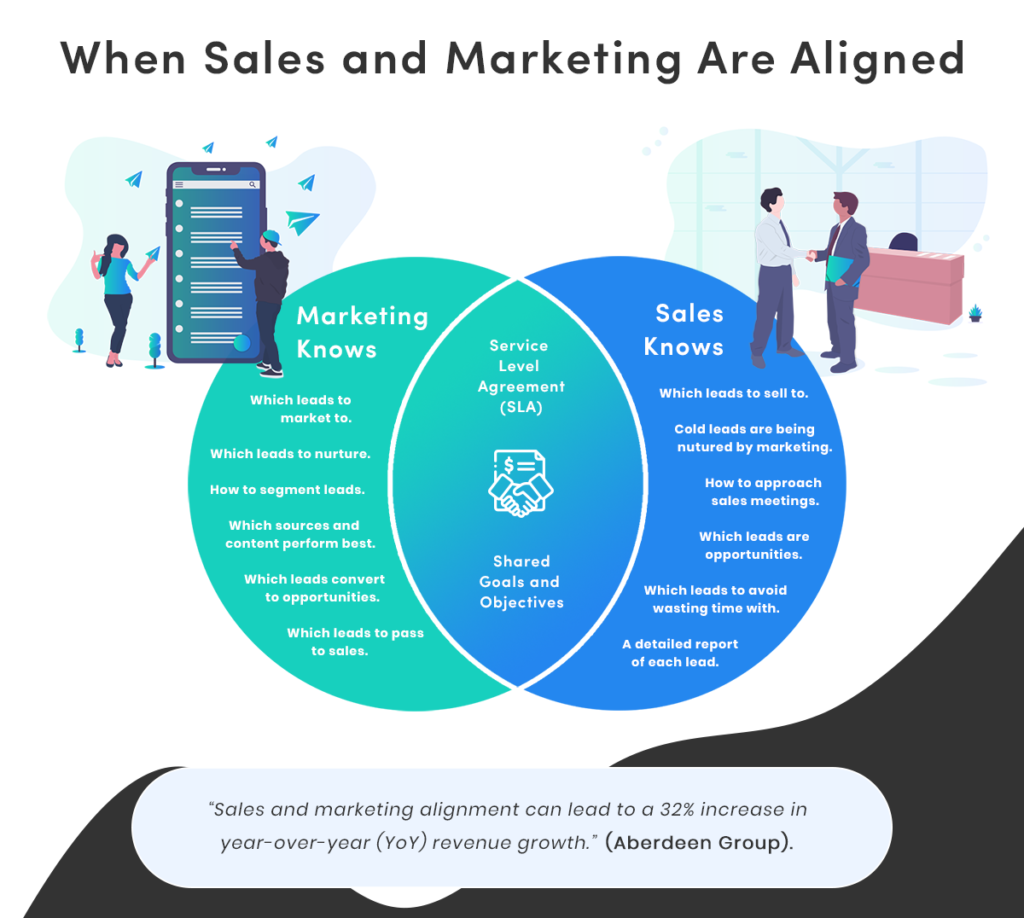
10. ABM Referrals
Lastly, we come to one of the best metrics for measuring the success of account-based marketing: referrals.
As the saying goes, nothing like a good referral!
A referral shows you that your personalization has worked. Not only have you converted a prospect, but you’ve created an advocate of your brand.
Here’s how you can measure it:
Divide the number of referrals received from clients converted through ABM by the total number of referrals and multiply the result by 100.
So, if you received 10 referrals from ABM-based clients out of a total 25, your ABM referral rate is 40%!
Again, while this may look inflated, good ABM campaigns can drive referrals like never before because of hyperpersonalization and marketing/sales alignment.
Reach the Peak of ABM with Lean Summits
And there we have it – the 10 simple ways you can measure success in account-based marketing.
As we’ve seen, measuring the success of account-based marketing is a simple task when you know how to do it.
But it does require some technical tools and a lot of featured engineering to get the data right.
And as we know, data is at the heart of good measurement.
That’s where we come in, at Lean Summits, we specialize not only in growth marketing but also in engineering the best ways to measure your marketing success.
When it comes to Account-Based Marketing, we offer a complete suite of business tools to help you strategize, implement and measure business success.
From curating socially intelligent prospect lists and creating tailored engagement strategies to implementing account-specific campaigns and measuring success, we can help you achieve unparalleled results through effective Account-Based Marketing.
Explore our growth marketing services, or connect with us to brainstorm your very own Account-Based marketing and measure strategy.
FAQs
- How to measure account-based marketing?
You can measure the success of your account-based marketing approach through indicators like Account Engagement Score, Funnel Velocity, Sales Cycle Length, Customer Lifetime Value and Average Deal Size.
- What are the best account-based marketing (ABM) KPIs?
The best ABM KPIs include Sales Cycle Length, Average Deal Size, ABM Return on Investment, Sales Pipeline Velocity and Account Penetration Rate. These measures indicate whether your ABM approach is successfully converting clients and how quickly it is achieving conversions.
- How to measure account-based marketing ROI?
To measure account-based marketing ROI, divide the revenue generated by ABM accounts by the cost of ABM marketing and multiply the result by 100. The cost of ABM marketing includes the cost of LinkedIn premium subscription, the cost of LinkedIn ads and the cost of cold email outreach tools. According to studies, marketers who use ABM and measure ROI report that ABM outperforms other marketing investments.
- What is the average success rate of account-based marketing?
According to Foundry’s statistics, 93% of businesses report that their ABM marketing efforts have been “very successful or extremely successful.” Further, 98% of businesses say that ABM marketing is “very important or extremely important” for their business objectives.
- How can Lean Summits help me measure account-based marketing success?
At Lean Summits, we help you strategize an account-based marketing strategy with established Key Performance Indicators, such as average deal size, sales cycle length and account engagement score. As growth marketing specialists, we empower you to convert high-value prospects with a comprehensive approach to account-based marketing.



